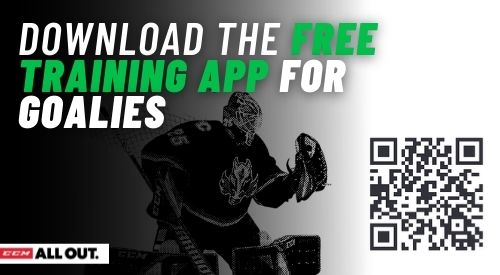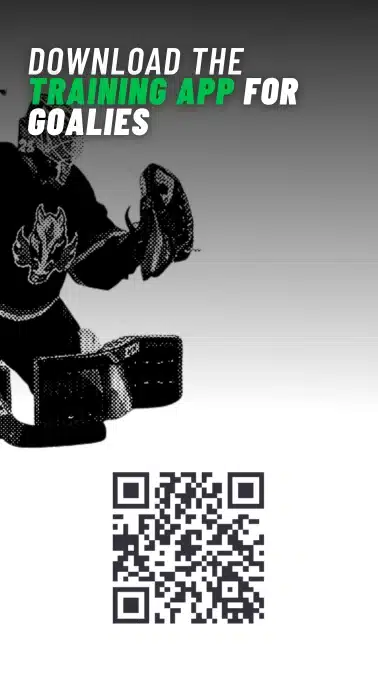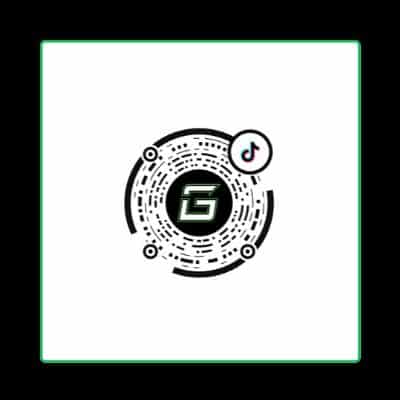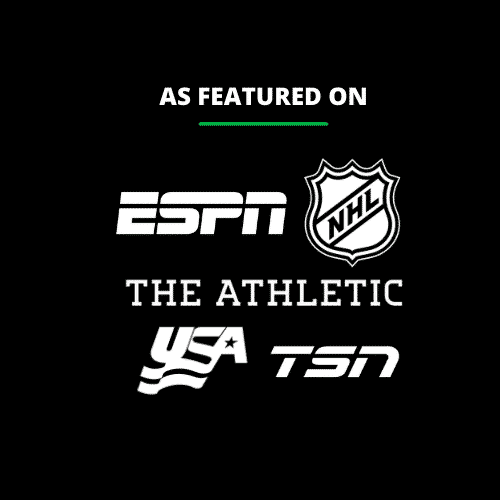Hockey goalies have some of the most advanced vocabularies of any athlete on the planet. Don’t believe me? You’ve never met a goalie. What’s that goalie saying? Are they speaking English?
To a goalie, lingo, slang, whatever you call it, is as important as your Save Percentage or your GSAA.
We’re going to keep this article as up-to-date as possible, so keep it as a handy reference the next time you hear a goalie talking and aren’t sure whether they’re speaking English or French. Hockey lingo, in general, is pretty tough to understand, so imagine what it’s like understanding a goalie.
Or, maybe you’re just a parent new to this whole thing and you’re trying to wrap your head around the position. If you’re new to goaltending, consider taking a look at the training app we’ve built, designed to put a goalie coach in your pocket. It’s built to help parents, coaches, and goalies train and as a result become better goaltenders.
A Dictionary of Hockey Goalie Slang
Goalie terminology is a robust combination of real terms and words that are completely modified or made up. There’s no way we’d be able to cover all the different goalie lingo in the world. With that being said, however,
What does it mean when a goalie says..
Angles and being Square – when a goalie is “on angle”, they are within a triangle drawn from the puck, to each corner of the net. They are in the best position to let the puck hit them, making the save.
Box Control – most often used when discussing angles and squareness, Box Control is discussed when talking about a goalies required movement to make a save while they are in the correct angle, with the correct depth.
Butterfly – a position used by goalies when they go onto their knees to save a puck. Allegedly invented by legendary goalie Glenn Hall and made famous by Patrick Roy.
Cat Eye – a “cat eye” is a special cage that’s worn on a goalie’s helmet. While most amateur players cannot wear a cat-eye cage, 100% of NHL goalies wear a cat-eye mask.
Dangler – a goalie dangler is not the same as “dangling” in hockey. A goalies dangler is actually a protective piece of equipment attached to the helmet, that offers better throat protection for a goalie. Not all NHL goalies wear danglers, but they are required by USA Hockey and Hockey Canada for amateur athletes.
Gear Mods – often referred to as “mods”, goalies modify their gear constantly. Gear mods actually mean gear modifications. As in, changing the equipment (usually by destroying it in some way) from the way it was manufactured.
Goals Against Average or GAA – GAA stands for goals against average. It is one of the 3 most important statistics used to measure how well a goalie is playing in a game or season.
GSAA – stands for Goals Saved Against Average. GSAA is a statistic used to measure how well a goalie compares to other goalies in their league.
Knee Blocks – the part of a goalie pad that the goalies knee lands on. We explain knee blocks further in the guide attached.
Lundy Loop – used to define this part of a goalies skate. The Lundy Loop was invented by the now retired, future Hall of Fame goalie Henrik Lundqvist. And before you ask, no, the Lundy Loop isn’t a requirement for those of you considering buying a new pair of goalie skates.
NAHLStar – many goalies who have played some level of Junior Hockey, particularly those who’ve played in the famous North American Hockey League, the NAHL, refer to themselves or teammates as “NAHLstars”. NAHLStar is a made-up term, that sounds like “Nawl – star”.
RVH – refers to a position goalies use while playing pucks around the post area of the net. The RVH stands for “Reverse Vertical Horizontal”.
Save Percentage – a term referring to the statistic used to track the percent of time a goalie makes a save throughout a game, period of games, or throughout the season.
Shutout – a shutout is awarded to a goalie when zero goals are given up during a hockey game. For those who have played the position, it’s widely known that shutouts are hard to come by.
Stacking The Pads – stacking the pads was a real save style performed by old school goalies. The invention and popularity of the butterfly all but eliminated the need for goalies to stack the pads, though we do still see it from time to time. Stacking the pads means the goalie is laying horizontally, and has their pads stacked on top of each other.
Tendy – short for goalie, goaltender, or netminder in hockey.
Tracking The Puck – ever wondered what it means when the TV broadcaster says, “that goalie tracks the puck well”? Tracking the puck simply means watching the puck. When a goalie tracks the puck well, they watch the puck well. Why we don’t just say “watc
hing the puck”, well, that’s a story for another day. Tracking the puck is often used when talking about a goalies ability to make glove saves.







